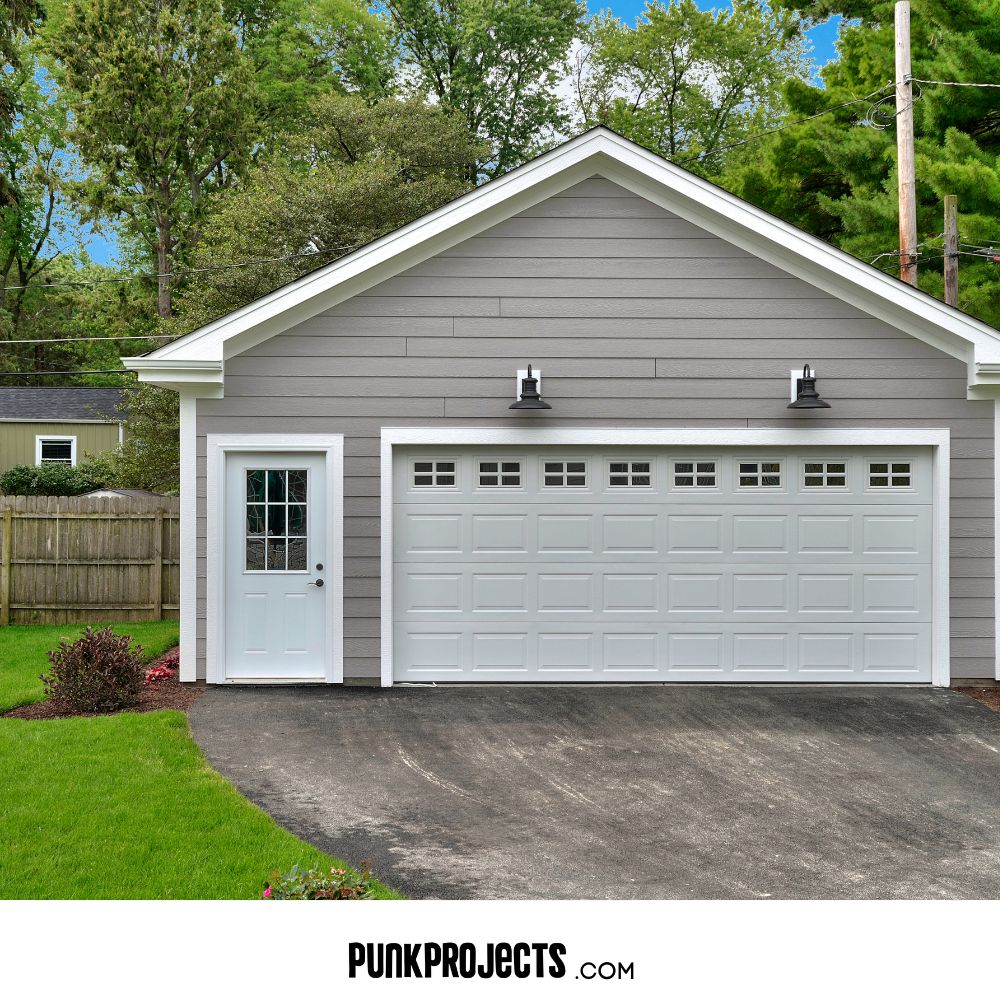Creating your own space can be an exciting and satisfying adventure. With medium-sized DIY building kits, like a 20×20 building kit, you have the freedom to design a customized environment that suits your preferences and requirements. In this article, you will find valuable design tips to help you maximize your DIY building project. Whether you want to construct a cozy home office, a peaceful garden retreat, or a practical storage area, these tips will assist you in bringing your ideal space to life.
Planning Your Design

Before you begin your DIY building project, careful planning is essential. Take the time to visualize and sketch out your ideal space. Consider the purpose of the building and how you intend to use it. Are you planning a workspace, a leisure area, or a storage facility? Understanding the intended function will help you determine the layout and features that suit your requirements.
Maximizing Natural Light
Natural light has a significant impact on the overall ambiance of a space. When designing your medium-sized DIY building, use windows and skylights to receive maximum light. Position windows strategically to maximize sunlight exposure and create a bright and inviting atmosphere. Consider installing blinds or curtains for privacy without compromising on the benefits of natural light.
Incorporating Efficient Storage Solutions
Storage is a vital aspect of any functional space. To optimize the storage capacity of your DIY building, consider incorporating efficient storage solutions. Maximize vertical space by incorporating tall shelves or cabinets that reach up to the ceiling. Make use of wall-mounted organizers, hooks, and racks to keep your things organized and accessible. Customizable storage systems can be a great addition, allowing you to adapt the space as your needs change over time.
Enhancing Ventilation and Airflow
Proper ventilation is necessary for a comfortable and healthy environment. When designing your DIY building, ensure that you incorporate adequate ventilation options. Consider installing windows that can be opened to allow for fresh air circulation. Include a ceiling fan or ventilation system to improve airflow during hot or humid days. Good ventilation will contribute to a more pleasant and enjoyable space.
Read Also : 12 Ceiling Fan Alternatives for Low Ceilings
Choosing Durable and Low-Maintenance Materials

To ensure the longevity of your DIY building, it is essential to select durable and low-maintenance materials. Opt for materials that are resistant to wear and tear, weather conditions, and pests. Consider using treated lumber for the framing and siding, as it provides both strength and durability. Also, choose finishes and paints that you can clean and maintain easily, saving you time and effort in the long run.
Adding Personal Touches
Make your DIY building feel like home by adding personal touches that reflect your style and personality. Consider incorporating decorative elements such as artwork, plants, or furniture that align with your taste. Customization allows you to create a space that truly represents who you are and enhances your overall experience.
Designing your ideal space with medium-sized DIY building kits, for example, the 20×20 building kit offers endless possibilities.Utilize these design tips to construct a practical and visually appealing space that caters to your individual requirements. Remember to plan carefully, maximize natural light, optimize storage, enhance ventilation, choose durable materials, and add personal touches. With a well-thought-out design, your DIY building will become a space you can truly call your own.
I am a multi-talented designer and contractor with over 10 years of experience in the field. I have a passion for creating beautiful, innovative spaces that reflect my clients’ needs and styles. My skills include architectural design, interior design, space planning, project management and construction supervision.






